From 1936 to 1986, one of the most famous artists of Šiauliai city of the 20th century, a graphic artist, scenographer, illustrator of books and magazines, one of the pioneers of ex-libris and design in Lithuania, art teacher and photographer Gerardas Bagdonavičius (1901-1986) lived in this house.
The artist, who has distinguished himself by a number of versatile artistic activities, created a large number of works of art: ex-librises dedicated to famous personalities of Šiauliai and Lithuania, scenographies for performances of the National Theatre in Kaunas, Klaipėda and Šiauliai theatres. He illustrated the books of the company “Kultūra”, magazines “Kultūra”, “Gairės”, “Žiburėlis”, etc. He created many urban and ethnographic drawings that have become the sources of iconography today; in 1925, published “Šiaulių Šv. Petro ir Povilo bažnyčios vaizdų albumas” (“Image Album of Šiauliai St Peter and Paul’s Church”). He created posters, office forms, and product packaging. The artist created furniture for the Military Museum and Garrison Officers’ Club in Kaunas, which has survived to this day. In 1929, he designed a monument dedicated to the anniversary of Vytautas the Great, located in Lygumai, Pakruojis district. The monument, which stood throughout the Soviet period, was restored and stands to this day. He participated in exhibitions in Lithuania and abroad. His creative legacy is preserved in eleven Lithuanian museums, most of it – about 4,000 pieces of art – are stored in Šiauliai Aušra Museum. G. Bagdonavičius worked as a teacher all his life: from 1930, he taught at the secondary school of crafts, the Teachers’ Seminary; in 1942-1944, in the Art Studio of the Art and Science Centre; after the war, he taught drawing at Julius Janonis Secondary School. During the pre-war and Soviet period, he taught pupils privately in a studio set up in the house.
It is believed that the artist himself, perhaps assisted by the architect Karolis Reisonas, designed a wooden one-storey residential house with an attic, an expressive side entrance loggia, and a balcony, as well as a stylish interior decorated with openwork carving. The house was built outside the city, in the newly formed section of Aušros Avenue. It is one of the most expressive wooden buildings of the interwar modernism period in Šiauliai. In 1992, it was included into the Register of Cultural Property of the Republic of Lithuania; restored in 2016-2018.



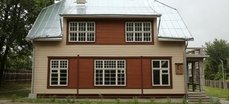
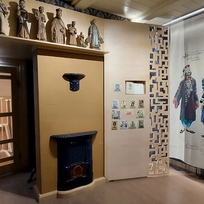
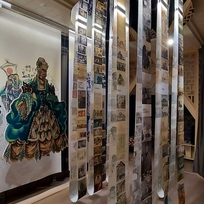
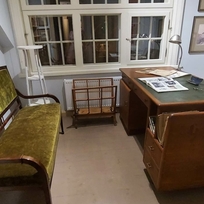
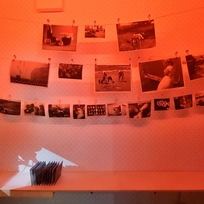










Reviews